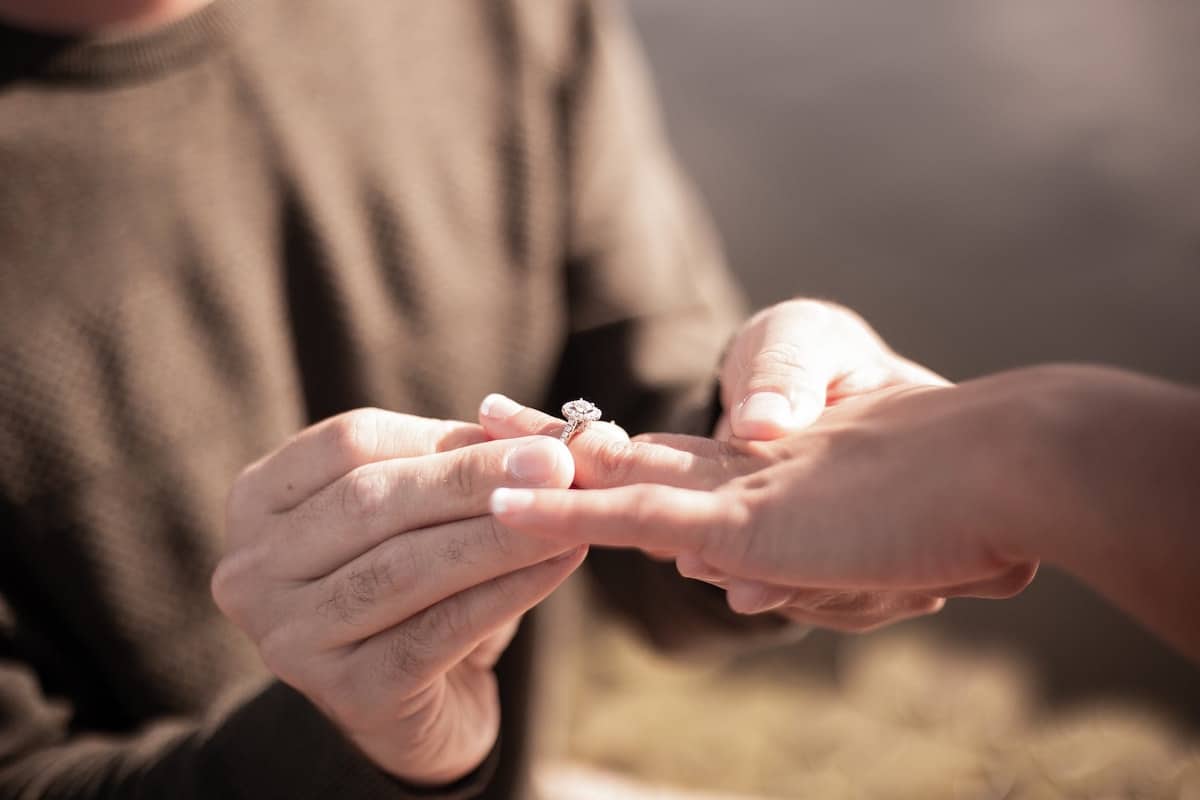Table of Contents
If you are planning to propose to your sweetheart, here are some tips that will make the process a little easier. You’ll need to know the size, clarity, and setting materials of the diamond, and of course, your budget. Follow these steps and your engagement ring will look exquisite! If you’ve been thinking of buying a beautiful engagement ring, you’re on the right track! Read on to learn more.
1. Size of diamond
There are two major factors to consider when purchasing an engagement ring: the cost and the size of the diamond. In the United States, engagement rings are typically over one carat. In big cities, the diamond size is often larger because people focus more on status and fashion. They may also work in high-profile jobs, and thus, require a larger stone. You can buy the right and most elegant engagement ring or earrings from MoissaniteCo.com
A good rule of thumb for engagement rings is to opt for one of the magic sizes. These are the sizes that command the most price. If you buy a properly cut stone, the size difference will not be as large as one might think. Additionally, optical illusions are helpful in making the ring appear larger. A good rule of thumb is to choose the stone size that fits her hand comfortably.
2. Clarity of diamond
When choosing an engagement ring, you should carefully consider the Clarity of the diamond. A diamond’s clarity is measured based on the presence of inclusions. The inclusions themselves vary tremendously, so a large black inclusion in the center of the table might not be a deal-breaker. A slight cloud on the girdle, on the other hand, can be easily hidden by the prongs and setting. Despite this discrepancy, diamonds with minor inclusions still should be considered eye-clean.
The next factor to consider is the size and clarity of the inclusions within the diamond. These tiny particles are sometimes mistaken for flaws, but they are actually birthmarks and are not noticeable to the naked eye. This can be important when selecting an engagement ring since smaller inclusions are harder to detect.
3. Setting material
There are several factors to consider when choosing a setting material for your engagement ring. One of these factors is the gemstone’s size and shape. There are different types of settings, and you can choose between four different types. Choose one that is made of a precious metal that your fiancé can wear every day. In the following paragraphs, you’ll learn about the different types of settings and how they affect the beauty of your ring.
Channel settings can be very elegant and sophisticated. This type of setting entails cutting a channel into the ring shank so the gems are secured in place. The channel needs to be deep enough to hold the stone, and the width of the channel should be appropriate. If it is too shallow, the gems may be exposed and could be damaged. The perfect setting is one that allows the gemstone’s crown to rest evenly on the shank.
4. Budget
A beautiful engagement ring will cost you a considerable amount of money. While it’s perfectly acceptable to spend two or three months’ salary on a ring, spending more can be extravagant. You should also consider your lifestyle, your debt, and your savings. The budget should be in line with your current financial situation. Ideally, it should be at least two to three months’ salary. Set featured image
You can make up a budget for a beautiful engagement ring by considering your salary and the amount of interest you plan to pay. Most young professionals are in the throes of student loan debt. They also have the burden of living and caring for their future partner. It’s not realistic to spend thousands of dollars on an engagement ring when you are young. To avoid spending a fortune on your engagement ring, start saving your money and reducing unnecessary expenses.


